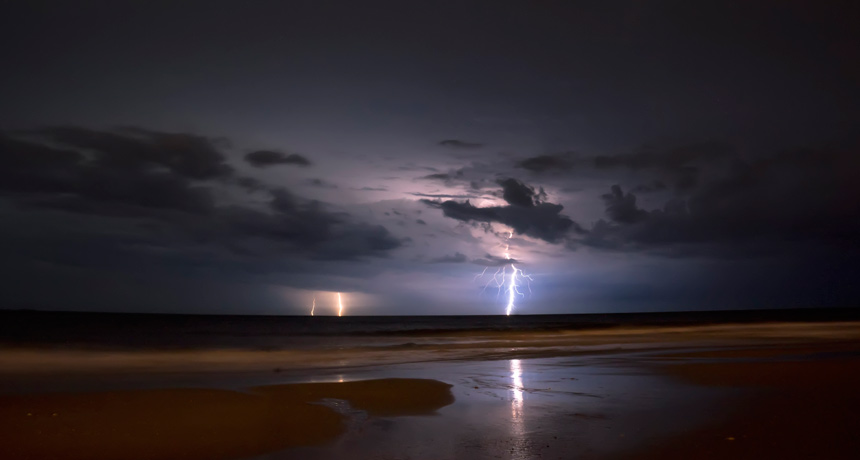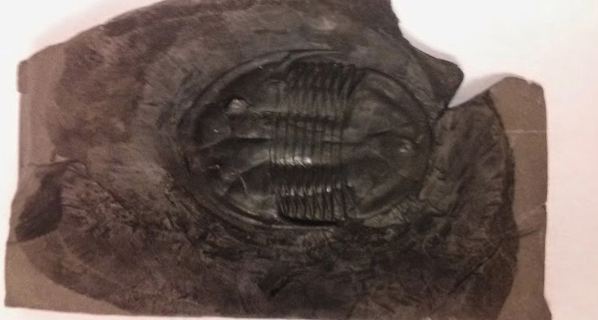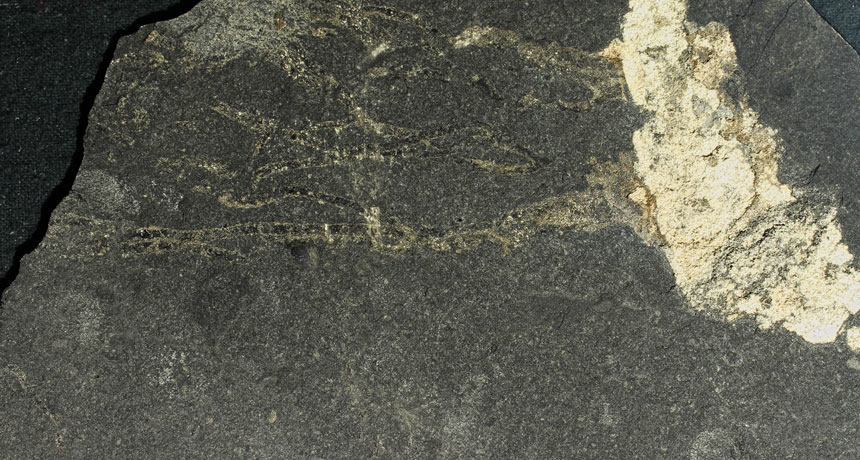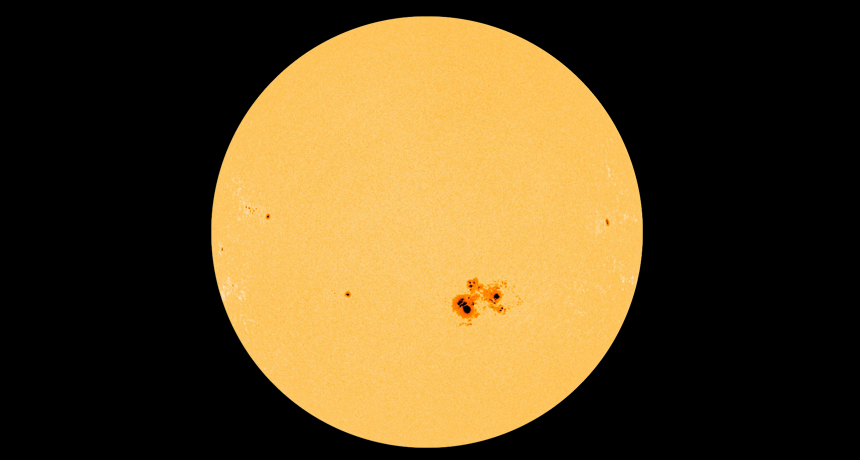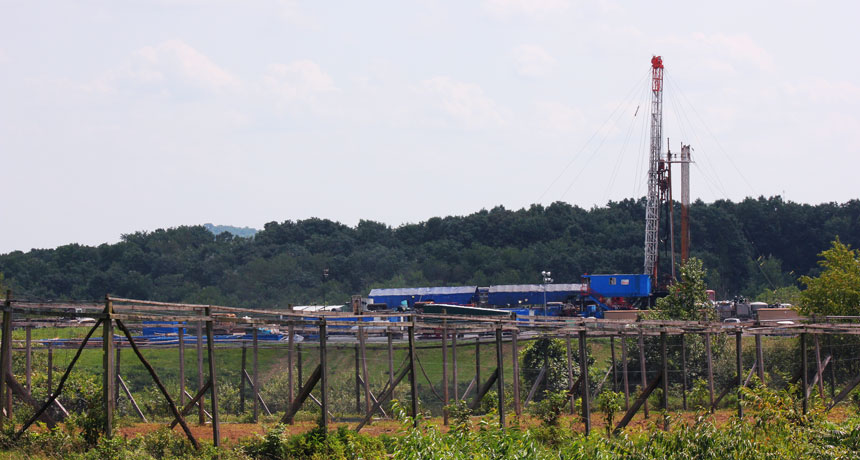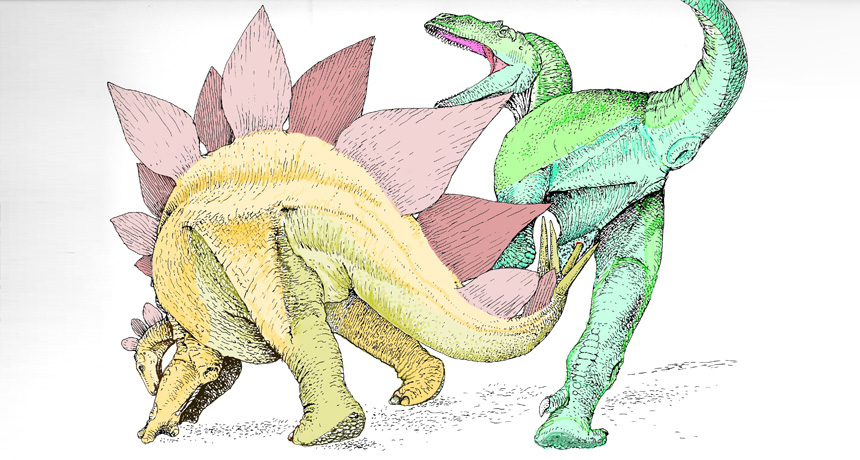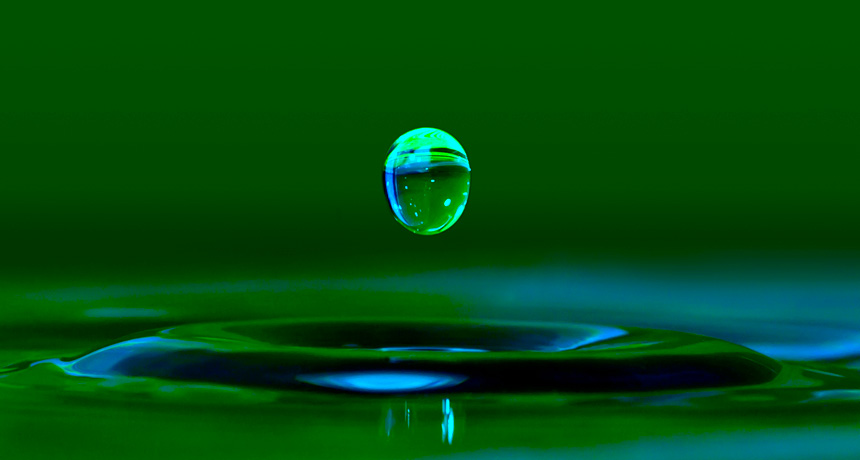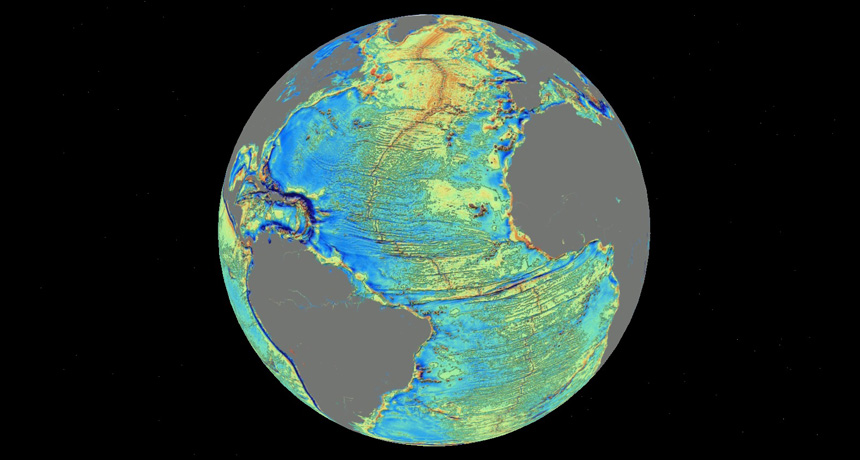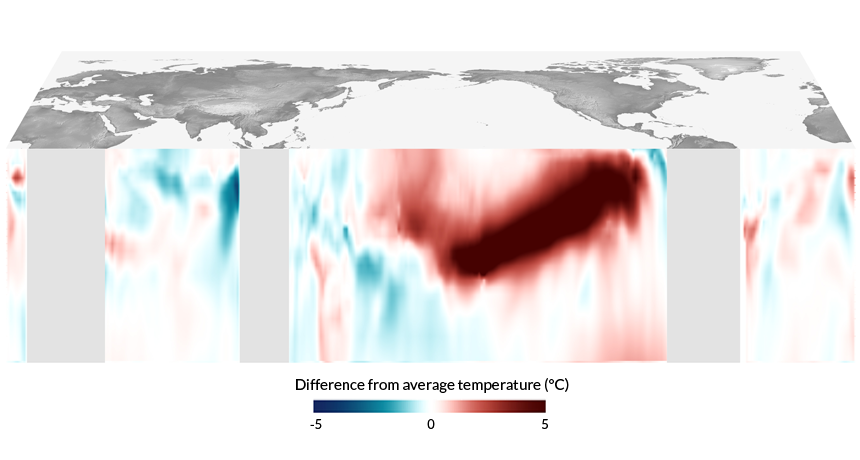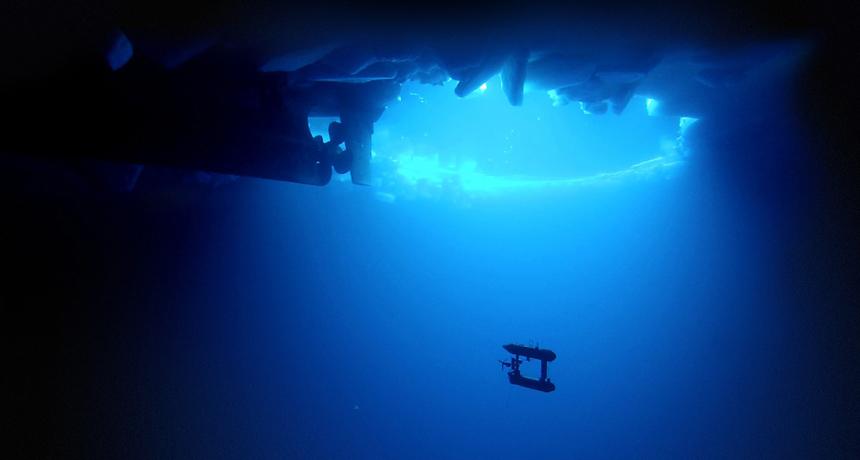
Robotic subs reveal thicker Antarctic sea ice
Science News, November 2014The sea ice surrounding Antarctica may be thicker than previously thought. Earlier estimates using shipboard observations and drill cores had suggested that the Southern Ocean ice pack was thinner than 1 meter on average. New measurements, reported November 24 in Nature Geoscience, show ice floes with thicknesses ranging from 1.4 to 5.5 meters, with some areas as thick as 16 meters.
